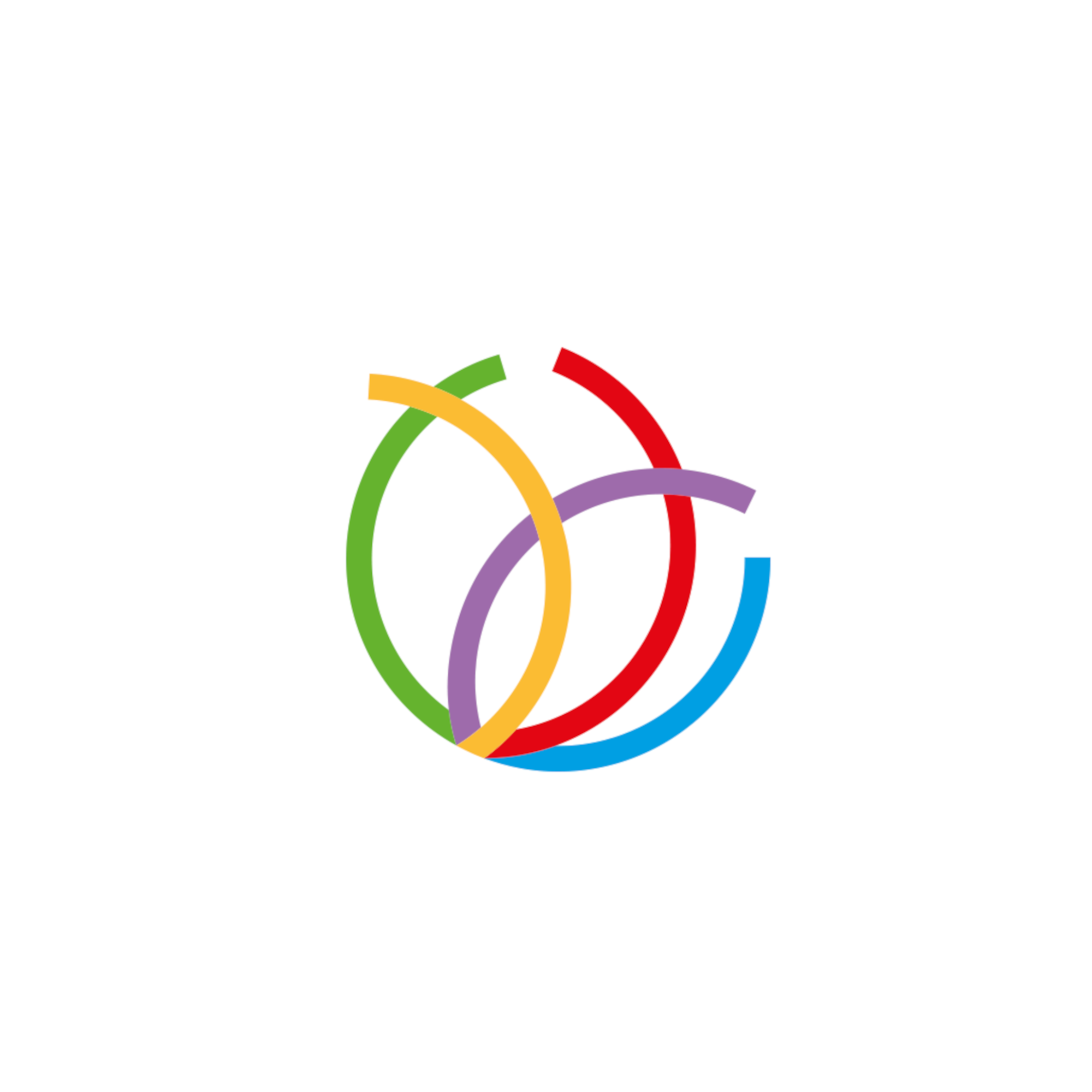Stockholm Convention

The Stockholm Convention on Persistent Organic Pollutants is an international agreement to ban certain pollutants. The convention was signed on 22 May 2001 in the city of the same name. It entered into force on May 17, 2004. It has 186 members and 152 countries have signed1.
It establishes a permanent secretariat: it was temporarily based in Geneva and definitively assigned to this city on May 6, 2005 by a consensus decision of the member states taken in Punta del Este, Uruguay.
The annual budget of the organization is five million Swiss francs, of which two million are contributed by Switzerland.
The convention bans a number of highly polluting chemicals that are part of the dirty dozen: aldrin, chlordane, dieldrin, endrin, heptachlor, hexachlorobenzene, mirex, toxaphene and polychlorinated biphenyls (PCB).
It severely restricts the use of DDT.
It also provides for the prevention and reduction of the formation and release of dioxins and furans.
- United Nations
- Environmental health, one health, planetary_health
- Policy making and regulation
- Mainly international

